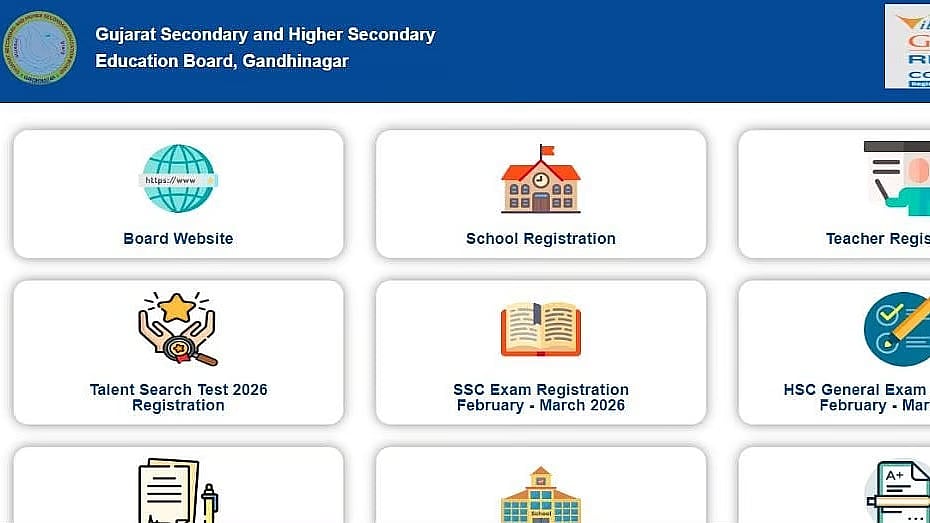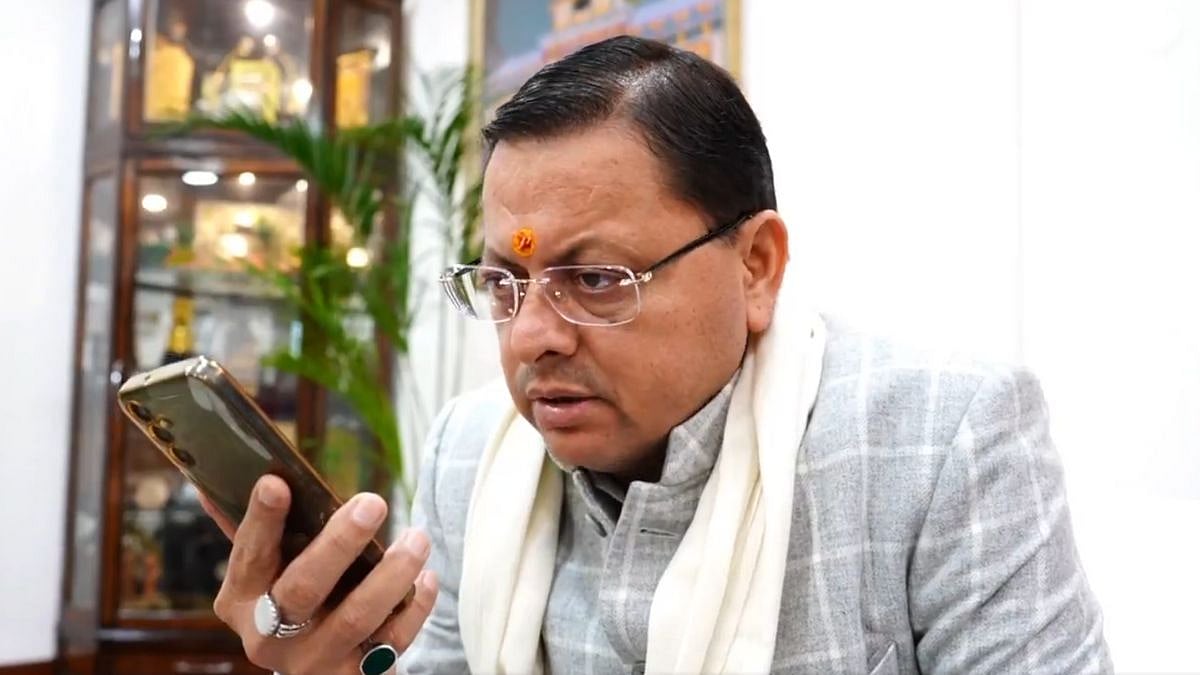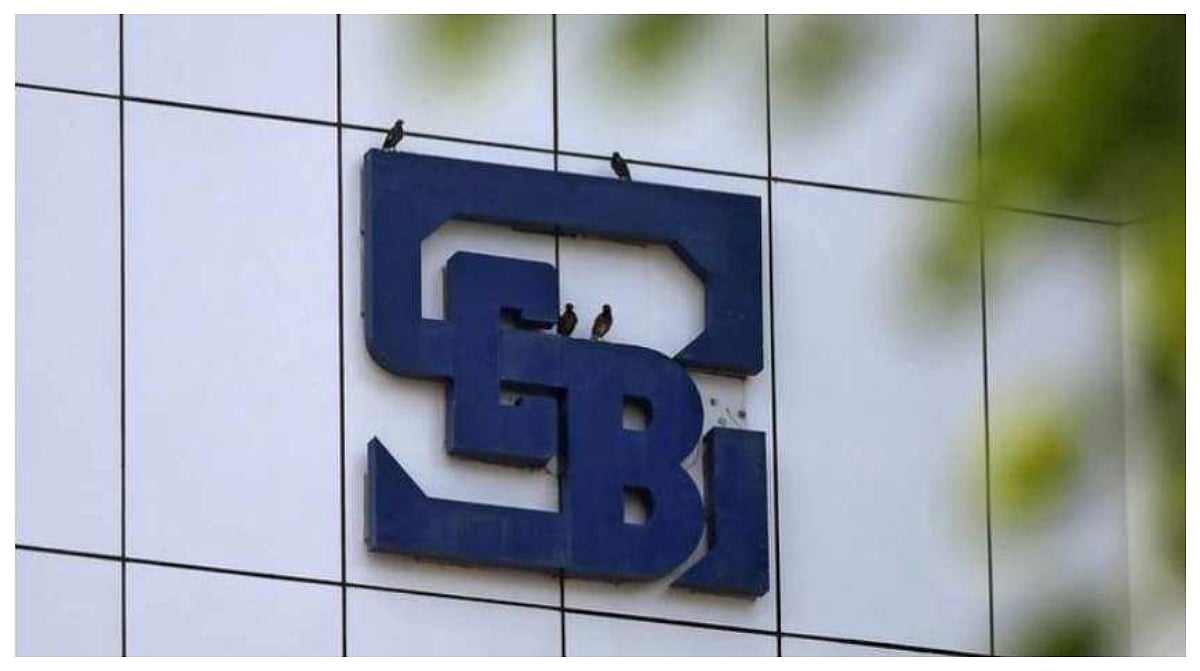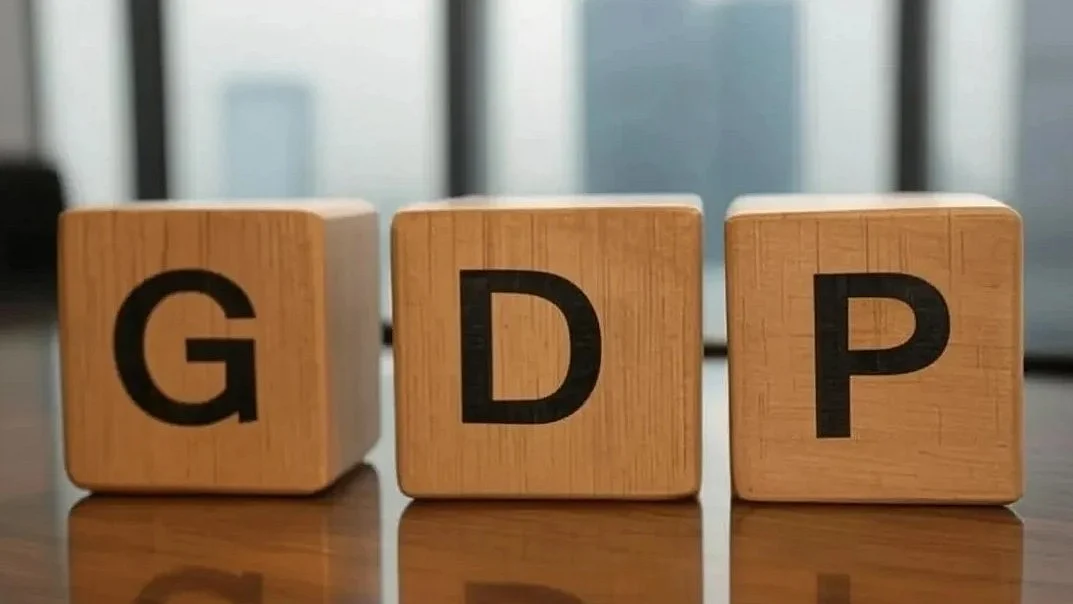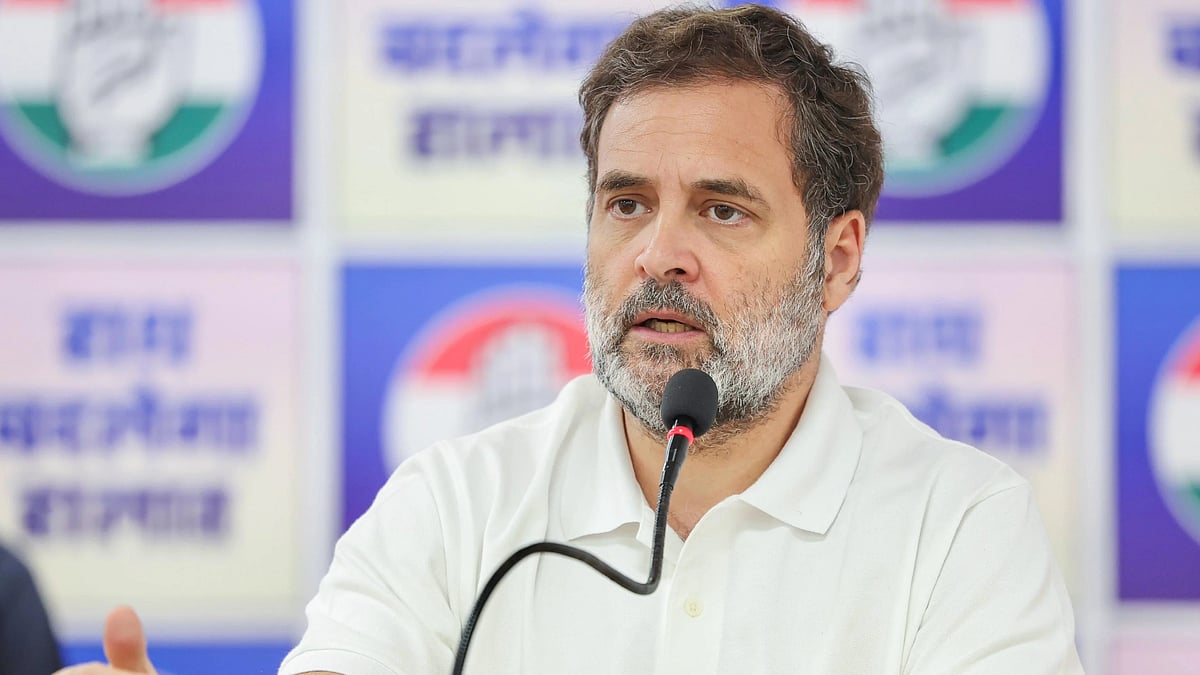Macroeconomic winds are blowing favourably as we enter the New Year. Stock markets are at an all-time high. Share price indices are up nearly 60 per cent from their lows of March. The stock market is supposed to be a harbinger of economic times to come, so clearly it is indicating a strong revival. Liquidity in the banking system is more than ample. Interest rates are at multi-decadal lows. The gap between Indian and Western policy rates is the lowest it has been in a long time. Coupled with inflation rates above 6 per cent.
What this means is that for borrowers the real interest rates are close to zero or negative. This should bring cheer to the government which is the biggest borrower in the system, or to those contemplating taking a home loan, or those businesses planning to raise loans for expansion. The quarter ending September showed spectacular growth in corporate profits across many sectors.
Business confidence
The lead indicator, called purchasing managers’ index has been expressing bullish expansion for four months in a row. If all this business confidence manifests in a robust rise in hiring and recruitment and visible job creation, then that will give a boost to consumer confidence as well. Both business and consumer confidence build on each other. So, a positive virtuous circle would be greatly welcome.
The finance minister is promising a Budget like never before, which hopefully is signalling a big spending stimulus.
Spending on infrastructure will benefit allied sectors like construction, and of course employment.
And yet, it is worth pointing out the grim side. Firstly, despite an anticipated sharp V-shaped recovery next year, the fact is that this year has been a recession. We are going to have a reduction in GDP and national income by about 8 to 10 per cent. a sharp recovery next year, of say 10 to 12 per cent, would still mean that for over two years, the net income growth is barely above zero.
Inflation alert
Secondly, due to measures like the harsh lockdown, and the earlier slowdown of four years, the potential growth rate of the economy has possibly slipped closer to 5 per cent. So, any growth above that is sure to cause overheating. Hence, we will have to watch out for inflation, which can hurt household budgets, and also business sentiment.
As such, for the past 12 months, the consumer price index-based inflation rate has been above 6 per cent (except for being marginally lower in March). This is above the tolerable band of the Reserve Bank of India. Sooner or later, the RBI, which has been extremely accommodative in its monetary stance, will have to start tightening money supply. This will affect growth adversely.
Thirdly, there has been a lot of forbearance regarding tolerating credit indiscipline. So, after a prolonged moratorium, and restructuring of stressed loans, it is possible that the day of reckoning is not too far for India’s banking sector. Be prepared for a nasty spike in the bad loan ratio, which will need substantial capital infusion by the government.
Silent but deadly
Fourthly and most importantly, is the silent and deadly impact on education and health.
The Human Development Report 2020 out this week shows India’s rank as 131 out of 189 countries, having slipped by two ranks in the past two years. Sri Lanka is at 72 and China is at 85. More worryingly, only one fifth of India’s labour force can be called ‘skilled’. That low percentage puts India in the same league as Sudan, Cameroon and Liberia. All of its South Asian neighbours have a higher percentage.
India also has 42 per cent of its population in the vulnerable category, i.e. just above the bare minimum poverty level of 1.9 dollars a day. The pandemic, loss of livelihoods or illness in the family can easily make it fall back below the poverty line. The pandemic and lockdowns have severely affected the informal sector and small and micro enterprises. The worst impact has been on children.
The latest national family health survey (NFHS 2019-2020) shows high levels of child stunting and wasting. These indicate lower height and weight for the child’s age, respectively. They reflect chronic undernutrition and malnutrition. The more worrying aspect is that either the stunting or underweight aspect has gone up in 14 out of 17 states in India. This has happened even as access to sanitation and safe drinking water has improved.
Children worst-hit
Clearly, this is the result of a slowing economy and loss of livelihoods. For instance, during the lockdown, since schools were closed, so were the mid-day meals. For many kids, from poor or nearly poor households, that was the only meal they got during the whole day. There have also been spending cuts in child nutrition schemes due to fiscal compulsions.
The Covid-19 pandemic has affected the education of 290 million people across the country. The Annual Status of Education Report (ASER) states that nearly 5.3 per cent of the kids in the 6-10 year age group have been pulled out of schools. Many kids have been forced into supporting the family’s livelihood. Similarly, even among schoolgoing children, almost 38.2 per cent had no access to smartphones. So online learning has bypassed a large section of the students, partly because they had no access or could not afford digital access. Digital inequality has worsened, and is most visible in education.
Similarly, in healthcare too, the high priority to Covid treatment has meant that HIV, cancer and renal disease patients who need regular access to hospitals have been denied treatment or have faced immense hardship.
Thus, on one hand the economy is on a strong revival path, but on the other, the human capital base of the economy needs substantial rebuilding and investment. Both in children’s education and overall healthcare, the governments at all levels have to increase their financial and resource commitment. Public health expenditure should be increased to 3 per cent and education to 5 per cent of the GDP. Even if that means a higher fiscal deficit, it is worth noting that spending on human capital is an investment for the future. India’s public spending on both health and education is below global benchmarks, and its enhancement must be given high priority.
The writer is an economist and Senior Fellow, Takshashila Institution.
The Billion Press


